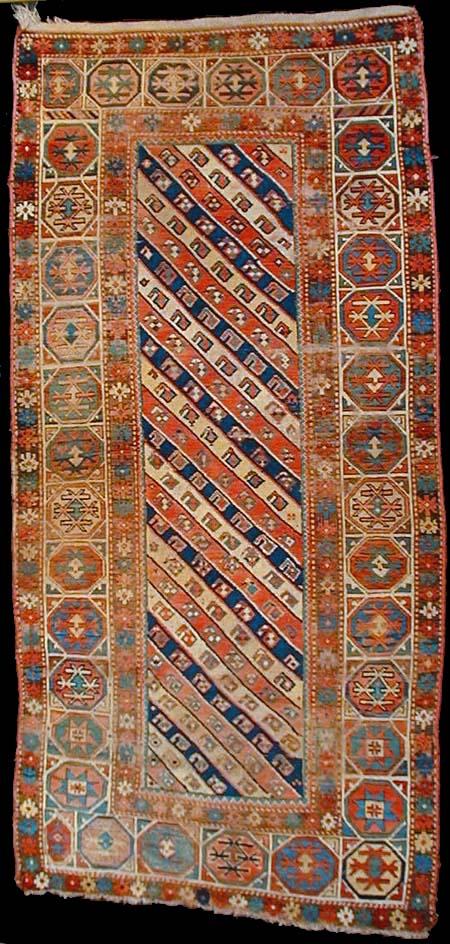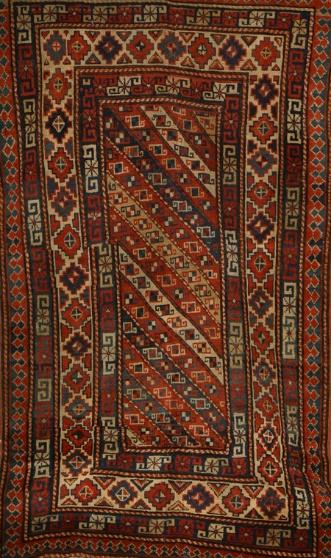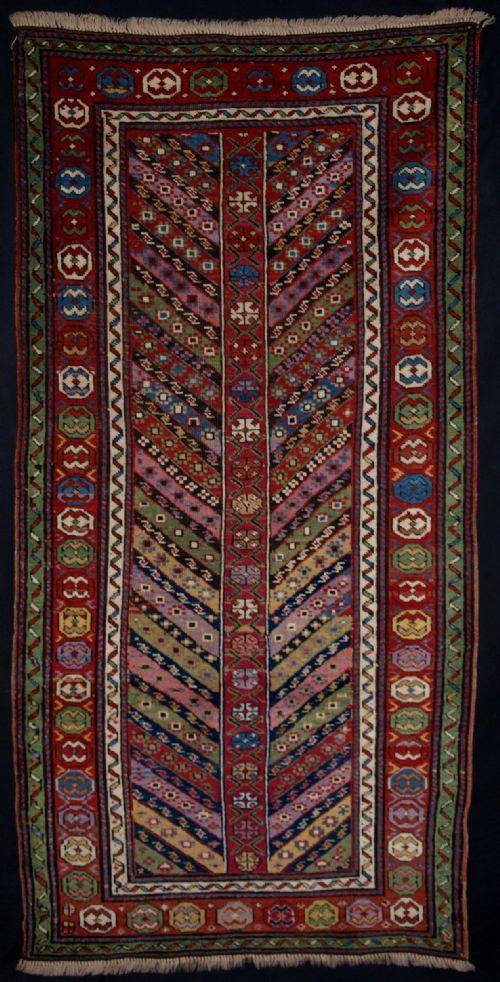Shaki Rugs
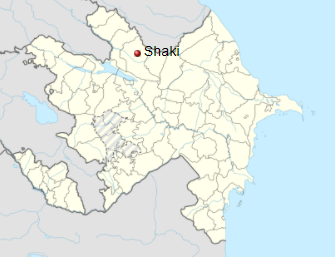
Shaki, Şäki, Sheki, or Nukha, Nucha, Nuxa is an ancient city in north-central Azerbaijan. It is situated on the southern slopes of the Greater Caucasus Range. Shaki, one of the oldest cities in Azerbaijan, was a trading center on the road to Dagestan. In the 18th and 19th centuries it served as the capital of the khanate of Sheki, which Persia ceded to Russia in 1805; the last khan died in 1819.
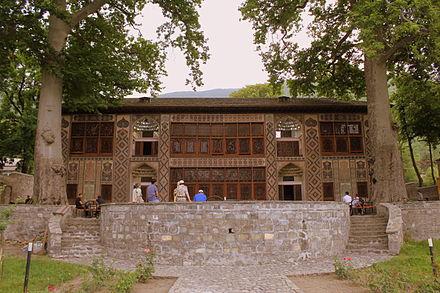
Shaki has a number of buildings of historical interest, among which are the palace, mosques, and baths. The center of the city and the Palace of Shaki Khans were inscribed in the UNESCO World Heritage List in 2019 because of its unique architecture and its history as an important trading center along the Silk Road.
The city has some light industry, including silk weaving which used to be an important craft in the region since the Safavid Era. The city was called Nukha (Nucha, Nuxa) during Soviet Era.
Technical aspects and the structure of Shaki Rugs
Mostly branded as Ganja, these pieces have a long format, with a knot density of about 57 knots per square inch. Knots are symmetrical (Turkic). Warps, wefts and piles are woolen in antique pieces. Area rug, runners and prayer rugs are common. Shaki is also a source of silk embroideries.
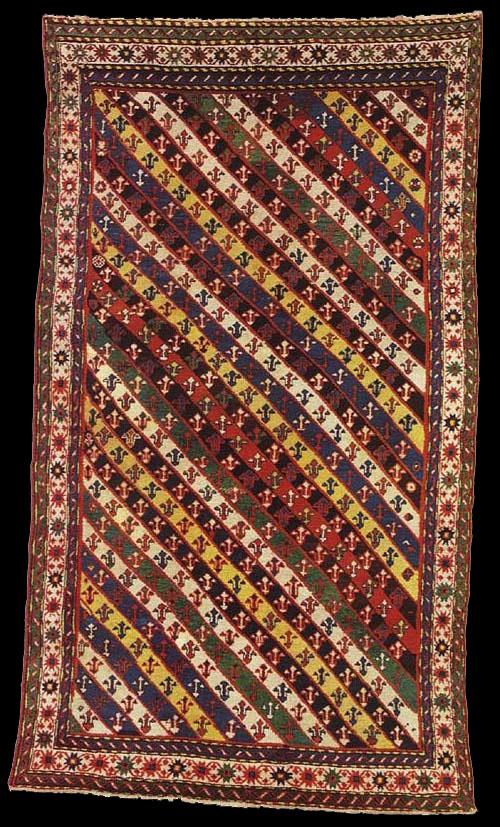
Madder and indigo brought a rich variety of red and blue on the Shaki’s palette. The primary palette dominated by madder red, gold, yellow and ivory as well as all shades of indigo blue. The ivory is obtained from a undyed wool.

Designs and patterns of the Shaki Rugs
Antique pieces made in Shaki follow Ganja designs and are classified as Genje or Ganja. Pole medallion and all-over designs have their versions as well as prayer rugs. The most common type of design in the area consists of colorful diagonal stripes filled with tiny motifs like Boteh, rosette or S-shaped motifs. These type of designs may be called “ancient Ganja style.
